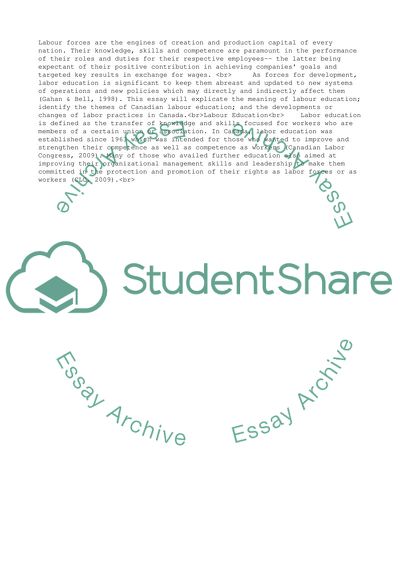Cite this document
(“Labour education Essay Example | Topics and Well Written Essays - 2000 words”, n.d.)
Labour education Essay Example | Topics and Well Written Essays - 2000 words. Retrieved from https://studentshare.org/management/1579018-labour-education
Labour education Essay Example | Topics and Well Written Essays - 2000 words. Retrieved from https://studentshare.org/management/1579018-labour-education
(Labour Education Essay Example | Topics and Well Written Essays - 2000 Words)
Labour Education Essay Example | Topics and Well Written Essays - 2000 Words. https://studentshare.org/management/1579018-labour-education.
Labour Education Essay Example | Topics and Well Written Essays - 2000 Words. https://studentshare.org/management/1579018-labour-education.
“Labour Education Essay Example | Topics and Well Written Essays - 2000 Words”, n.d. https://studentshare.org/management/1579018-labour-education.


